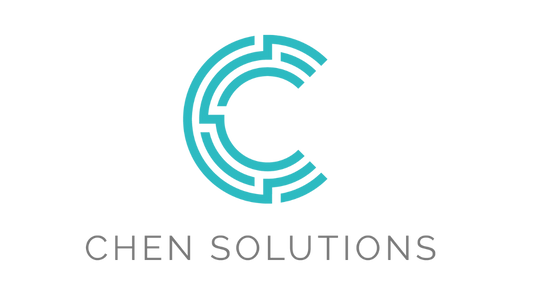Introduction
Technology decisions made today will impact your business for the next 5-10 years. While it's impossible to predict every future trend, smart organizations can build technology foundations that adapt to change rather than requiring complete overhauls. The key is understanding which investments provide lasting value and which create long-term liabilities.
The Technology Lifecycle Reality
The Acceleration Problem: Technology change continues accelerating. Software that seemed cutting-edge three years ago now feels outdated. Hardware replacement cycles have shortened. Cloud services evolve monthly with new features and capabilities. This rapid change creates both opportunities and risks for growing businesses.
The Investment Dilemma: Every technology decision involves trade-offs:
- Cutting-Edge vs. Proven: New technology offers advantages but carries implementation risks
- Flexibility vs. Cost: More adaptable solutions often require higher initial investments
- Integration vs. Best-of-Breed: Comprehensive platforms may lack specialized capabilities
- Build vs. Buy: Custom development provides control but requires ongoing maintenance
The Sunk Cost Challenge: Businesses often continue using outdated systems because they've invested significant time and money in customization, training, and data accumulation. However, maintaining obsolete technology eventually becomes more expensive than modernization.
Principles of Future-Proof Technology Strategy
Principle 1: Prioritize Data Portability
Your business data is your most valuable technology asset. Future-proof systems make it easy to export, migrate, and access your information using standard formats and open APIs.
Key Considerations:
- Can you export all data in standard formats (CSV, JSON, XML)?
- Does the system provide comprehensive APIs for data access?
- Are you locked into proprietary data formats that only one vendor can read?
- Can you maintain full backups that could be restored to different systems?
Principle 2: Choose Platforms with Strong Integration Ecosystems
No single system handles every business need perfectly. Future-proof platforms excel at connecting with other applications through robust integration capabilities.
Integration Indicators:
- Extensive API documentation and developer resources
- Large ecosystem of pre-built integrations and connectors
- Active third-party developer community creating add-ons
- Standard protocols and formats for data exchange
Principle 3: Invest in Scalable Architecture
Systems should handle 5-10x your current volume without requiring complete replacement. Scalable architecture accommodates growth in users, data, and transaction volume.
Scalability Factors:
- Cloud-native design enabling resource expansion on demand
- Modular architecture allowing component-level scaling
- Performance optimization for growing data volumes
- User capacity expansion without linear cost increases
Principle 4: Maintain Technology Diversity
Avoid single-vendor dependence for critical business functions. Technology diversity reduces risk while providing flexibility for future opportunities.
Diversification Strategies:
- Use different vendors for different business functions
- Maintain multiple integration options for critical data flows
- Develop internal capabilities alongside vendor dependencies
- Plan alternative solutions for mission-critical processes
Strategic Technology Investment Categories
Core Business Systems (High Stability Priority)
These systems handle essential business operations and should prioritize reliability over cutting-edge features:
- Customer Database/CRM: Central repository for customer relationships and history
- Financial Management: Accounting, billing, and financial reporting systems
- Operations Management: Core workflow and process management platforms
- Data Storage and Backup: Reliable, secure information preservation systems
Innovation and Efficiency Tools (Moderate Change Tolerance)
These systems improve productivity and competitive advantage but can evolve more frequently:
- Marketing Automation: Campaign management and customer communication platforms
- Business Intelligence: Analytics and reporting tools for data-driven decisions
- Collaboration Platforms: Communication and project management systems
- Integration Tools: Connecting different systems and automating workflows
Experimental and Emerging Technologies (High Change Expectation)
These investments explore new capabilities with understanding they may be replaced:
- AI and Machine Learning: Automation and intelligent analysis capabilities
- Emerging Integration Platforms: New tools for connecting systems and data
- Specialized Industry Tools: Niche solutions addressing specific business needs
- Mobile and Web Applications: Customer-facing interfaces and experiences
How Chen Solutions Supports Future-Proof Technology Strategy
Chen Solutions helps organizations modernize existing technology investments while building toward future capabilities. As a Certified Claris Partner, we specialize in extending the life and value of proven systems through strategic integration and automation.
Our approach focuses on enhancing your current technology foundation rather than requiring expensive replacements. We help you add modern capabilities—AI, automation, web integration—to systems your team already understands and trusts.
Ready to future-proof your technology strategy? Chen Solutions offers a complimentary technology assessment to evaluate your current systems and design a strategic modernization plan that protects your investments while enabling growth.

